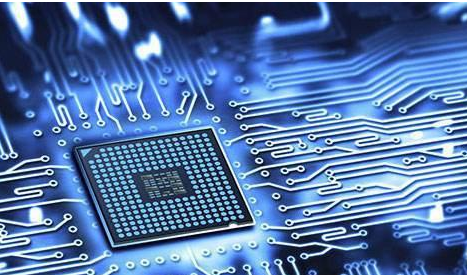PCB (Printed circuit board) Chinese called printed circuit board, also known as printed circuit board, is an important electronic component, it is the support of electronic components, and the electrical connection carrier of electronic components. PCB is called electronic product. The mother. Because it is printed by electronics, it is called a printed circuit board. Before the advent of PCB, the interconnection between electronic components was completed by direct connection of wires. Today, wires are only used for experimental applications in laboratories, and printed circuit boards must dominate the electronics industry. PCB production process: contact the manufacturer to drill holes, copper patterns, transfer patterns, electroplating, thin film etching, green oil characters, gold-plated fingers, forming test PCB unique advantages: high density, high reliability, designability, productivity, testability, composability and availability Maintainability. How did PCBA develop?
What is PCBA
PCBA is the abbreviation of PrintedCiritBoard+Assembly in English, that is, the entire process of the empty board of the PCB through SMT, or DIP plug-in, is called PCBA. OEM OEM processing is a comprehensive enterprise integrating PCBA manufacturing, OEM OEM manufacturing, EMMS electronic product development and design, and ODM.

It is committed to meeting the different types of manufacturing requirements of OEMs/customers, and provides procurement from product components. All-round services to production, assembly and technical support.
SMT chip processing DIP plug-in processing introduction
SMT and DIP are methods to integrate parts on the PCB. The main difference is that SMT does not need to drill holes on the PCB. In DIP, the PIN pins of the parts need to be inserted into the holes that have been drilled. The main products processed by Shenzhen PCBA OEM include: medical and industrial control motherboards and power supply series, automotive electronic control series, communication series, household appliances series, computer peripheral series, instruments and other series.
SMT (SurfaceMountedTechnology) surface mounting technology is mainly used to install some microelectronic components on the PCB. The production process is as follows: PCB board positioning, solder paste printing, mounting machine installation, soldering furnace and manufacturing inspection. The integration of SMT is very sensitive to the positioning and size of parts. In addition, the quality of solder paste and printing quality also play a key role.
DIP is a plug-in, that is, components are inserted on the PCB version, because the electronic components are large and not suitable for installation, or when the manufacturer's production process cannot use SMT technology to integrate components in the form of plug-ins. At present, there are two methods for realizing manual plug-in and robot plug-in in the industry. Its main production processes are: paste back glue (to prevent tinning to the wrong place), plug-in, inspection, wave soldering, brushing (to remove the stains remaining in the furnace process) and manufacturing inspection.
The difference between PCB and PCBA
After the editor's brief introduction, you should be able to know that PCBA usually refers to a process, and it can also be understood as a completed circuit board. In other words, the processing process on the PCB board has been completed before it can be counted as PCBA. On the other hand, PCB refers to an empty printed circuit board without any components on it. Simply put, PCBA is a finished board, and PCB is a bare board.